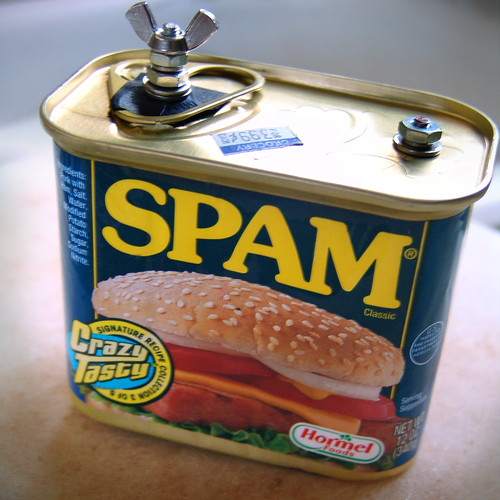In May, I re-posted Oran Grad’s post from The Online Photographer about a high-speed, ISO 24,000 black and white reversal (slide) film that Kodak’s research department came up with and was quite excited about its implications for pinhole and zone plate photography. Unfortunately, it appears that there wasn’t enough interest and they will not be offering the film commercially.
I received this from them via email:
The purpose of Dr. Gilman’s presentation, "A High-Speed Direct Positive Photothermographic System", was to share information on an innovative technology and to showcase its potential. Eastman Kodak Company invents and evaluates many technologies annually for possible commercial applications. However, Kodak does not have any plans to make this technology available in a commercial product.
I guess it’s time to start pushing the hell out of ISO 3200 film. I’ve successfully pushed Kodak T-MAX 3200 (TMZ) to 12800 using T-MAX developer and will see if I can coax another stop out of it or Delta 3200 to achieve the equivalent speed and report back with the results. It’ll be a negative instead of a positive and will have boulder-sized grain, but I’m still really excited about the prospect of handheld, freeze-frame, normal shutter speed pinhole photography.
